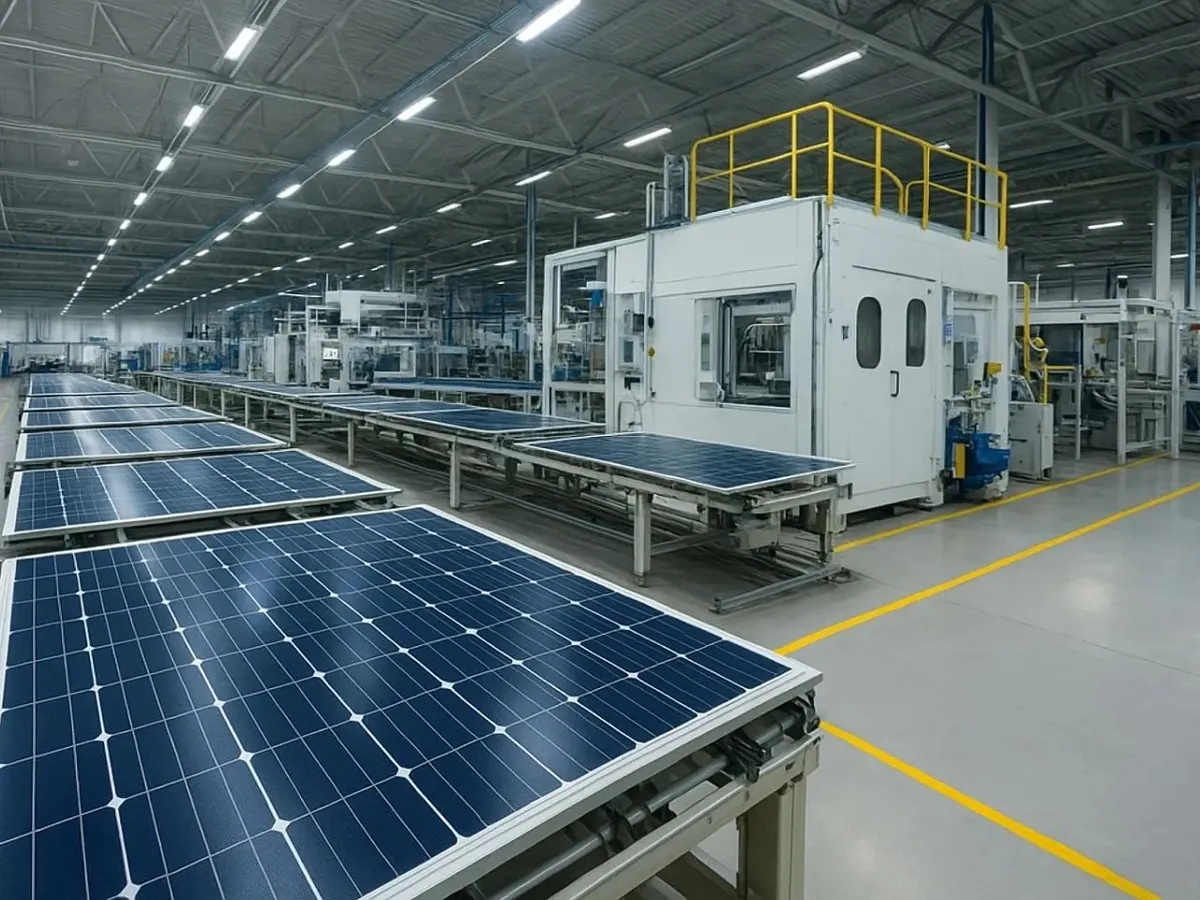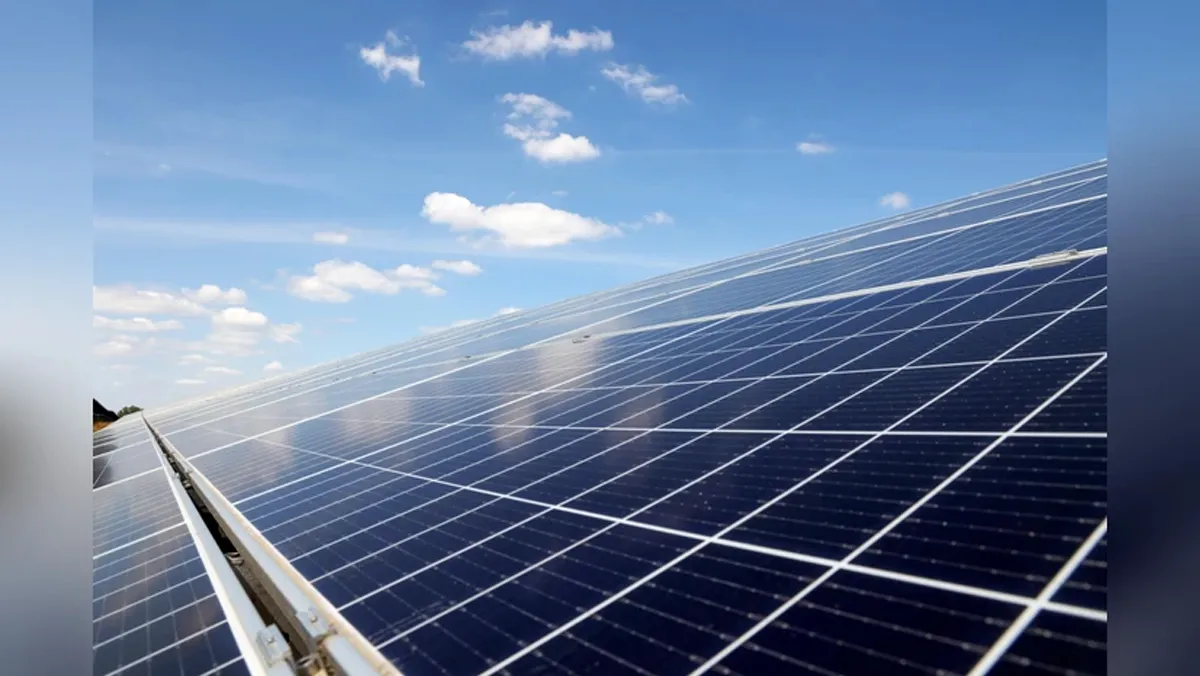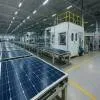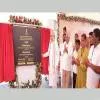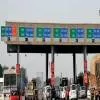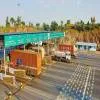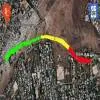- Alkesh K Sharma, CEO & Managing Director, Delhi Mumbai Industrial Corridor Development Corporation
The Delhi Mumbai Industrial Corridor (DMIC) is among the major infrastructure projects in India. Planning is complete for eight zones - there have been huge regional plans, with the smallest being at 84 sq km and the largest at 920 sq km, bigger than Singapore! 'We started with a strong master plan and digital plan for these investment regions, which we will develop over a period of about 30 years,' says
Alkesh K Sharma, CEO & Managing Director, Delhi Mumbai Industrial Corridor Development Corporation, as he elaborates upon the project's status in conversation with
SHRIYAL SETHUMADHAVAN.
Tell us about the current execution status of the project.
In Phase-I, work has started in four cities of the eight. The plan is to develop 153 sq km in Phase-I of Dholera, of which the activation area is about 6,000 acre, which we started last year. The activation stage will involve an investment of about Rs 4,000 crore. L&T is the major contractor. We also have two investment regions in Maharashtra: 84-sq-km, twin-town Shendra-Bidkin close to Aurangabad and 150 sq km in Dighi, considering port connectivity. We will take up up works in Dighi in Phase-II after we complete work on Shendra-Bidkin. Also, in Shendra-Bidkin, we have picked up 40 sq km in Phase-I, of which 8 sq km is in Shendra where work has already started last year. Shapoorji Pallonji is our main contractor. Work in Bidkin is being taken up now with an EPC contract for 32 sq km, about 8,000 acre; it will be executed in phases. The third city is the Integrated Industrial Township Greater Noida (IITGNL), where we have planned about 750 acre in Phase-I and will further expand by acquiring land. Work is on in full swing and Shapoorji Pallonji is the main contractor again. The fourth city is Vikram Udyogpuri, close to Ujjain. Work is on at a good pace in this 1,100 acre for over a year.
Also, we will soon finalise the detailed master plan for the 1,200-acre Global City in Gurgaon, to be classified as the trade and finance hub of northern India.
We will open bids by July-August. And in the sixth node, we will develop Dighi Port, for which we have already acquired about 5,000 acre. Along with this, in Rajasthan, the mechanism for acquiring land is being worked on. While we are ready with the master plan and environment clearances, we will go ahead with the detailed engineering and EPC contract once the state government identifies a land parcel large enough to plan an industrial township.
Apart from the main node, tell us about the other projects.
We have a couple of other projects, including connectivity projects such as the airport in Dholera in Gujarat. We have already appointed the transaction advisor to work out a PPP model to identify developers. The second airport is coming up in Bhiwadi, for which we have got 'site clearance' approval from the Ministry of Civil Aviation. The DPR is being prepared by the Airports Authority of India, which should be ready in the next three months. We will then form an SPV with the state, and notify land. We are also putting up multimodal logistic hubs; these are big ticket projects: 1,600 acre in Dadri, in Uttar Pradesh. This land is strategically-located at the intersection of the Eastern and Western Dedicated Freight Corridors. By September, we should be able to go in for awarding the EPC contract.
The second multimodal logistic hub is coming up on 1,000 acre in Haryana. The DPR should be ready by June. The third project is in Sanand in Gujarat, for which we have appointed consultants. We are looking at a 500-600-acre parcel, which the state is still identifying. This apart, states such as Rajasthan and Madhya Pradesh are suggesting locations where we can establish logistic hubs. These are at the negotiation stage. Further, we have two MRTS projects, with the first coming up between Gurgaon and Bawal û 82 km, estimated at about Rs 22,000 crore. The second MRTS between Dholera and Ahmedabad is 85 km, estimated at about Rs 13,000 crore. We have prepared the DPR for both and are basically looking for support from JICA as the Japan Government would be able to finance $4.5 billion in DMIC.
What is the approval process?
We have adopted a unique model. All the projects will be managed by an SPV. The composition is that the state governments give the land, the value of which is the equity of the state. And, the Centre provides matching equity - up to 49-50 per cent - in the form of cash, which is basically utilised for developing the trunk infrastructure and roads and services, water and sewage treatment systems, and common affluent treatment systems. Once the land becomes a developable parcel, the contract is awarded and monitored by the SPV. So we have finalised land policy for all the nodes for the four cities where work is on, and allotment has started.
We are trying to complete work in Maharashtra by 2018-end, in Madhya Pradesh and Greater Noida by March 2018, and in Gujarat by March 2019. The objective is to start the land allotment process as well, because any big-ticket investor also needs time for putting up manufacturing facilities. All the cities we are working on will be fully ICT-enabled greenfield smart cities.
Any execution challenges?
Infrastructure projects are complex and when you move them to six states, the challenge begins from procuring land along with environmental issues. We are conscious of the environment; as we donÆt want to use productive land, we look for wasteland or low productivity land. For sustainability, too, you have to negotiate with multiple states and departments within the state. Plus, execution takes its time. That said, we are planning for 30 years. Having started the planning process in 2011, land allotment has begun and the process is on.
How are you monitoring the development through digitisation?
While we have project management consultants for bigger nodes, we have developed a project monitoring and implementation system to monitor each activity on the dashboard, which is followed by monthly meetings on site. This helps us expedite construction. By and large, we are on schedule in all projects and expect to complete some ahead of time.
Highlight your execution timelines.
By March 2019, we plan to complete all road services, water treatment and STP across Dholera city's 22.5 sq km. We will also have some investors coming in as we have the land policy now, and people have started looking at sites. In Maharashtra, we will complete the Shendra part by end of 2018. Here, we have started allotting land. For Bidkin, we have already released the bid for the EPC contract. Developing this will be a two to two-and-a-half-year process. Madhya Pradesh and Greater Noida will be done by 2018 and land allotment will simultaneously begin in these places. As for other things, DPRs are being prepared. We hope Global City Gurgaon will take off this year. We will also have an EPC contractor in place for multimodal logistic hubs in one or two places, and should find a developer for Gujarat Airport by year end. While these are the big-ticket projects in DMIC, planning activity is on for the other corridors.
(For the full version of the article, log on to www.ConstructionWorld.in)
To share your views on this interview, write in at feedback@ConstructionWorld.in

